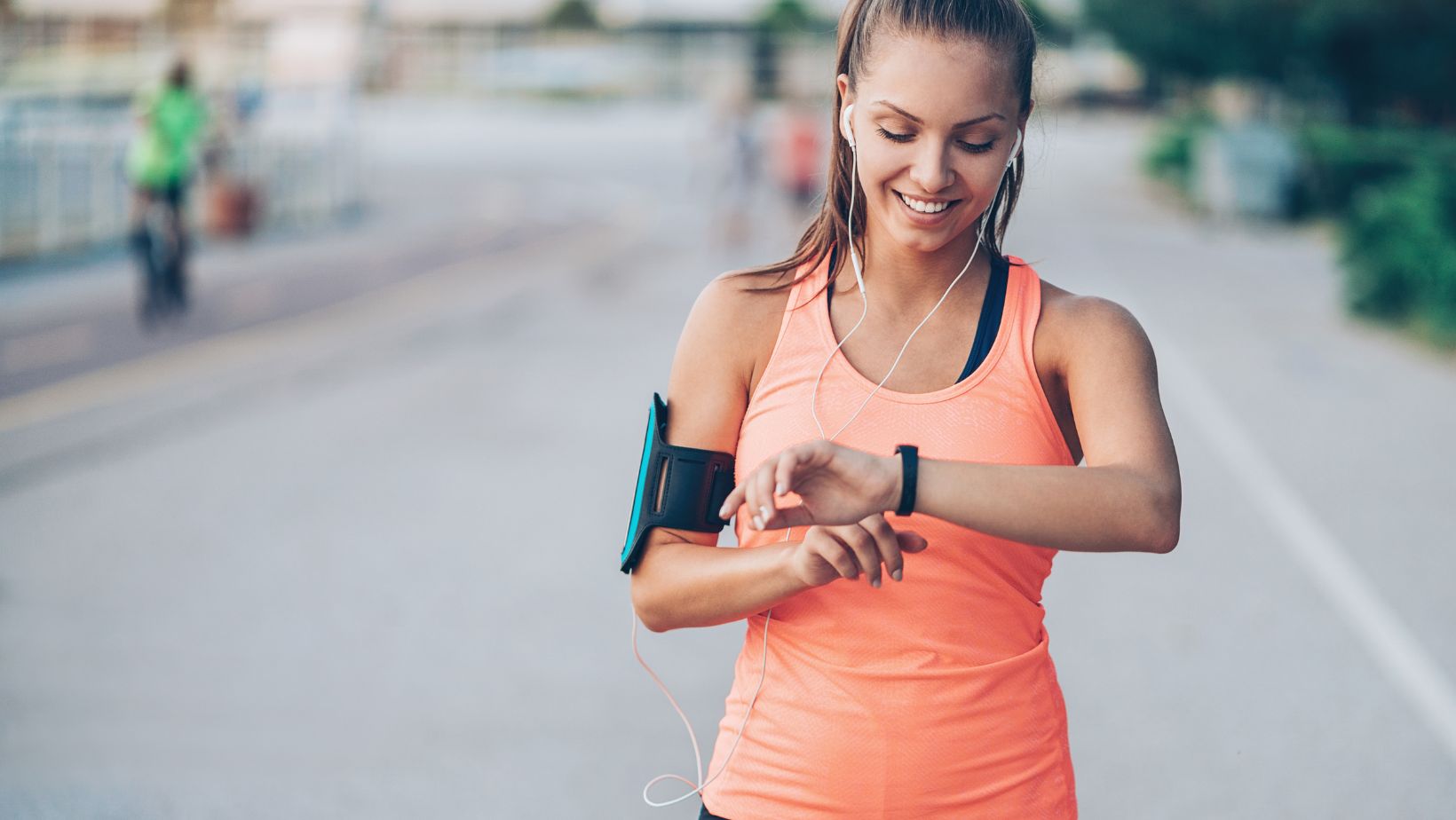Regular physical activity supports mobility and mental wellbeing. Yet safety remains a priority. Modern wearable technology now makes it easier for older people to monitor effort, avoid injury, and enjoy sport with more confidence.
Today’s wearables go beyond counting steps. They track heart rate, hydration, and even joint movement. This detail allows users to adjust effort levels during play.Top online casino for Ireland players often highlights features like in-app trackers and mobile alerts, which are part of a wider push toward user-friendly digital tools.
These devices help players stay within safe ranges of exertion. This matters in group sports like walking football, tennis, or cycling. It also benefits those returning from injury or managing long-term conditions like high blood pressure.
Monitoring Health in Real Time
Modern fitness trackers and smartwatches offer real-time feedback. They send vibration alerts when heart rate spikes or hydration drops. Some models even provide ECG-like readings to flag irregular rhythms.
Tracking these signs can prevent medical episodes during activity. Wearables also log trends over time. Users can analysis weekly progress and share it with health professionals if needed. This keeps sport both engaging and safe.
More advanced systems integrate GPS and fall detection. These features are useful during outdoor activity. Whether playing golf or hiking in rural areas, users get added peace of mind.
- Benefits of wearable tech for active adults over 50:
- Heart rate and exertion tracking to prevent overtraining.
- Joint movement analysis to improve posture and balance.
- Emergency alerts for falls or irregular rhythms.
- App syncing for trend analysis and health planning.
Support from Sports Clubs and Local Programmes
Clubs across the UK and Ireland have started offering tech support as part of senior fitness programmes. In many community-led clubs, organisers help participants learn to use devices properly. The focus is on accessibility, not tech expertise. 
Participants wear devices during warm-ups, training, and games. Coaches monitor metrics to offer personalised advice. This includes adjusting pace or rest times to match each individual’s ability. In some clubs, wearable data informs team selection and pairing for low-impact matches.
These innovations are making sport more inclusive. Instead of avoiding play due to fear of injury, many older adults now return with renewed confidence.
Technology Integration in Broader Digital Trends
The rise of wearable tech fits within a wider trend. Health, gaming, and entertainment services now use shared data systems. For example, app dashboards can now integrate sports stats with sleep quality or diet tracking.
This evolution matches the shift towards artificial intelligence and mobile apps across multiple sectors. In the case of sports, AI-driven tools adjust workout plans based on user history. This helps older users avoid burnout and maintain progress.
Daily movement goals, reminders, and motivational messages are delivered directly to a phone or smartwatch. As comfort with mobile technology grows among adults 50+, adoption rates for smart gear also increase.
Devices, Safety, and Everyday Sport
Older people do not need high-end sports watches to benefit. Even basic models provide step counts, heart monitoring, and activity time. These features help maintain structure in weekly routines.
Safety extends beyond heart rate. Temperature alerts, UV exposure warnings, and blood oxygen checks are now common in entry-level devices. This matters for outdoor games and seasonal fitness groups.
Users often combine activity tracking with online groups. These networks, sometimes featured on lifestyle platforms like Top online casino for Irish players, build motivation through shared milestones and social recognition. The goal is to make active ageing fun, visible, and community-driven.
Why the Right Tools Matter
Sport for adults over 50 is not only about staying fit. It supports brain health, social connection, and independence. Wearable technology enhances all these goals by reducing risk and building confidence.
As tech becomes easier to use, older adults are adopting it in higher numbers. Clear interfaces, custom alerts, and automatic syncing help users of all experience levels. Regular updates also keep features current without requiring upgrades.
Wearables are now part of smart, safe, and age-friendly sport. They allow older players to join in without fear of doing too much. The combination of community support and personal monitoring keeps sport enjoyable and sustainable. With this foundation, the future of active ageing looks much stronger.
